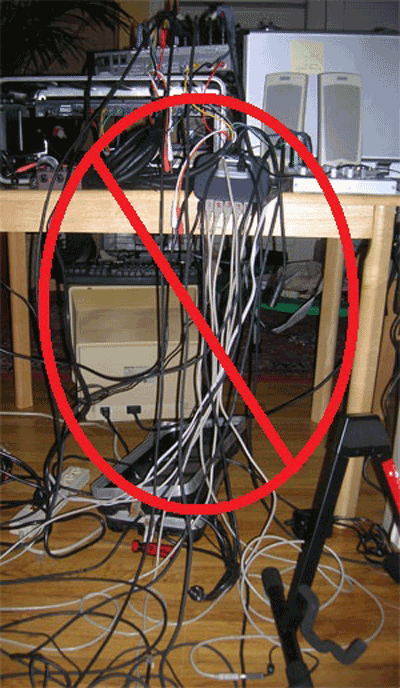One day your wallpaper will power your electronics
Researchers develop a way to eliminate cables and use surfaces to power electronic devices
BY NICOLETTE EMMINO
Imagine a life with no cables or wires. No more electrical shocks or trip hazards, but rather the ability to have your electronics powered by your wallpaper or carpets.

Researchers from the Department of Engineering at the University of Oxford have developed a new technology that goes beyond wireless advancement and that allows for the transmission of data between electronic devices and has the potential to eliminate the need for power and data cables completely.
This technology is the result of the team’s study of metamaterials, man-made materials that have properties that natural ones don’t. The team studied metamaterials that acted as magneto-inductive wave guides and magneto-inductive power surfaces. These kinds of inductive materials are similar to those found in the charging unit of your electric toothbrush. (These materials not only charge, but can transfer data as well.)
By embedding copper coils in a conductive layer of material to form a sealed circuit board, you can create a chip with no legs and pins that can be glued onto a metaboard. The new surface technology can achieve a data-transfer rate of 3.5 gigabits per second and hundreds of watts of power. “The circuits have the capacity for increased performance,” said Dr. Chris Stevens, lead researcher on the team.
One of Dr. Stevens’ goals is to change the way the electronics industry recycles components. Devices that appear on the market are soldered and put together with wires. This makes them difficult to recycle.
“If you do away with wires and connect your components by sticking them onto a sealed circuit board, taking them apart becomes easy. No desoldering, no heat treatments, no toxic chemicals, no damage to the components,” said Stevens.
This allows for computer processors to be reused when it’s time for a new model and even for those processors to be reused in home appliances, granting our electronics longevity.
This technology opens the door to even further possibility. Stevens and the team look optimistically toward a life of smart clothing, as well as wallpaper and carpet, that power and transfer data between your devices. Think of a new kind of “smart livingroom.” They have already incorporated the cable-free technology into a carpet and were able to power a lamp and discuss the possibility of powering your television with your wallpaper. The video below demonstrates the power transfer to small LEDs via a magneto-inductive wave guide.
The team also predicts that by incorporating this technology behind a computer screen, it becomes possible to transfer any digital files by just tapping a USB against an on-screen icon. The video below demonstrates this effect.
As for smart clothing, “The real beauty is that since the technology is in a patterned conductive layer, we can start adding that layer to any surface of indeed into a fabric,” said Stevens. Smart clothing would allow for body area networking, linking your phone, camera, or music player right through you’re outfit.
The team is currently working with Isis Innovation, Ltd. University of Oxford’s commercialization company, to bring this technology to the market. Such technology can also benefit the aerospace, military, automotive, and medical fields.
So, get ready for a cable-free future where your walls power your electronics and you can transfer data with a gentle tap on a screen. ■
Advertisement
Learn more about Electronic Products Magazine





